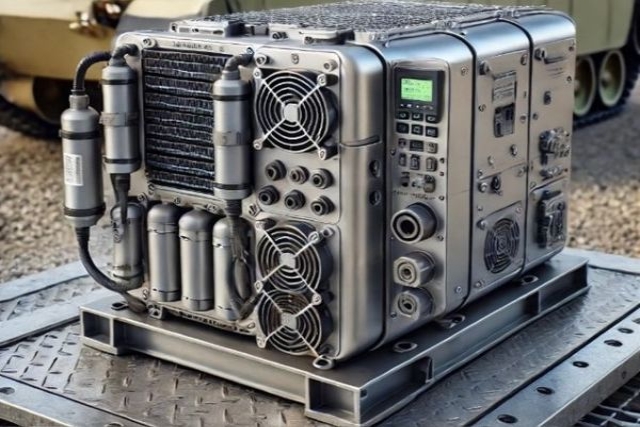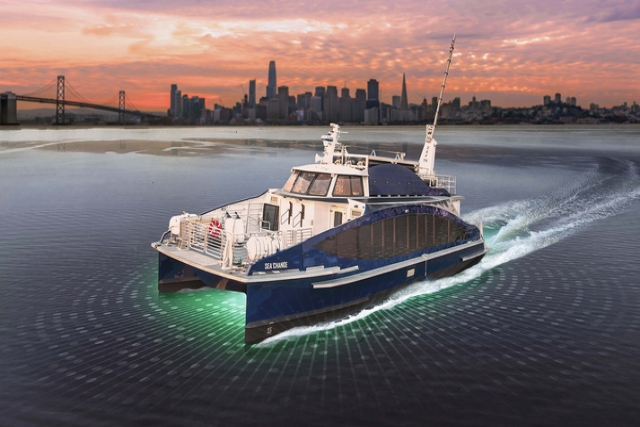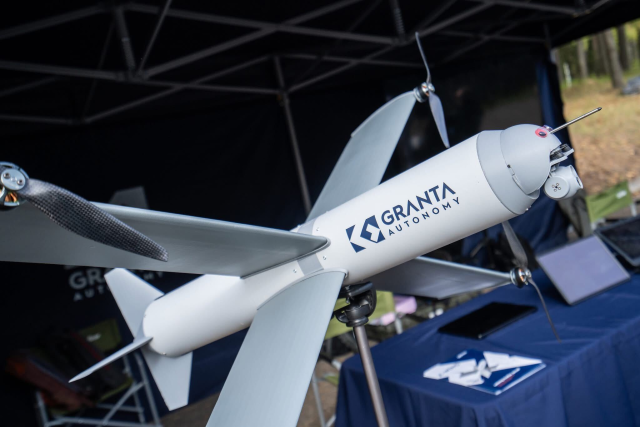European Defense Agency Kickstarts Fuel Cell -Based Auxiliary Power Unit Project
Fuel cells convert chemical energy from fuel and oxygen into electricity without combustion.

The European Defence Agency (EDA) held the kickoff meeting for the IAPUNIT II project on September 13.
This project aims to develop a fuel cell system that operates with standardized military fuel, creating an 8-kW demonstrator of an innovative auxiliary power unit (APU) specifically designed for military applications, utilizing high-temperature proton-exchange membrane (PEM) fuel cells.
Fuel cells are electrochemical devices that convert chemical energy from fuel and oxygen into electricity without combustion. Unlike traditional batteries, they can produce continuous power as long as fuel and oxygen are available.
The electric load in armored vehicles is increasing, but relying on the main engine for energy during standstill has limitations, such as inefficiency, noise, and infrared signatures. While internal combustion engine auxiliary power units use the same fuel, they do not fully resolve acoustic and thermal issues.
IAPUNIT I focused on developing innovative energy solutions for military applications, setting the stage for IAPUNIT II. This subsequent project aims to create a fuel cell-based auxiliary power unit (APU) that eliminates the need for additional fuel tanks, optimizing logistical capabilities for fueling operations.
The IAPUNIT II project, led by the Fraunhofer-Gesellschaft Institute for Chemical Technology, is part of the CapTech Ground Systems at EDA’s Research and Innovation Directorate. Funded by a consortium led by Germany and including France, The Netherlands, and Slovenia, it aligns with NATO’s single fuel policy to enhance military logistics.
This diverse consortium of eleven entities, including AVL Schrick, Technische Universität München, and others, aims to improve the operational capabilities of military vehicles by providing a sustainable energy solution with minimal environmental impact.













